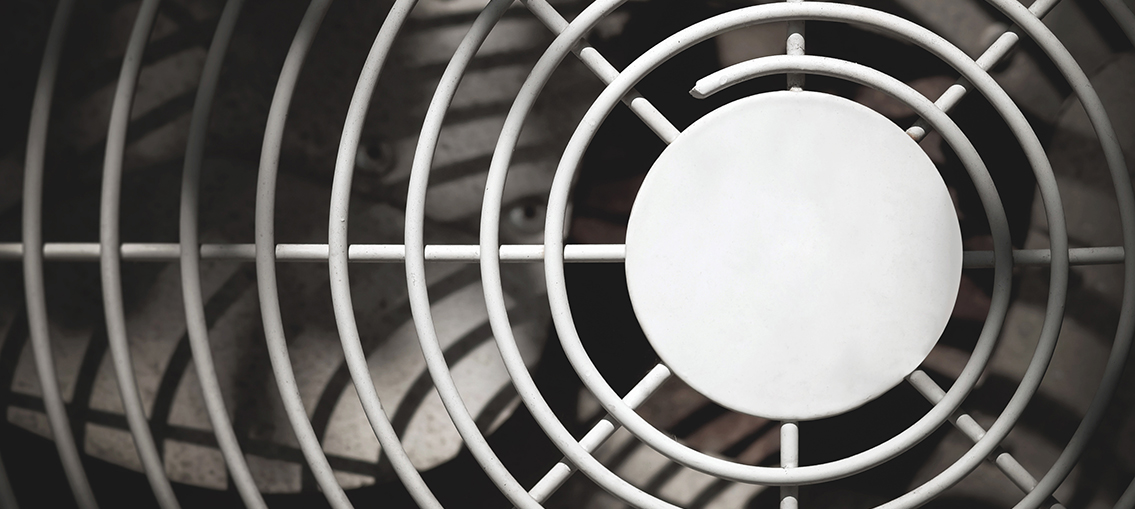As temperatures rise, Americans turn to air conditioning to keep their homes cool and comfortable. According to the US Energy Information Administration, 87% of homes in America use some form of air conditioning, accounting for 17% of the average homeowner’s energy consumption.
Air conditioning equipment is often neglected. Understanding the basics is essential in remaining proactive with maintenance to maximize efficiency while minimizing cost.
Types of Air Conditioning Systems
Central Air Conditioners
Central air conditioning systems are the most common nationwide, often found in newer homes. Usually part of an HVAC system, central air conditioning cools the air in a single location then distributes it throughout the home using fans and ducts. Typically, the central air conditioner features a “split unit,” with the compressor and condenser outside the house and the evaporator coils on the interior. If connected to the home’s furnace, the combination of heating and cooling is often referred to as “forced air.” There are also “packaged units” that encase all air conditioning and handling components into a single cabinet, usually located outside the home. The homeowner typically controls the system through their home’s thermostat.
The functions of this system can be described in two parts. First is inside the home, where warm indoor air is blown across the cooling coils, containing refrigerant to cool the air, then blown throughout the house. Heat is absorbed by the refrigerant, turning it from liquid to gas. Then the warm refrigerant gas is compressed outside the home and enters a large coil in the outdoor unit. The heat is released when the refrigerant coverts back into cool liquid in the condenser and is moved back into the interior unit to repeat the cycle.
Many homes feature central air with a split system. The general life expectancy for new systems is 15 to 20 years. If the home features existing air ducts, installing central air is relatively simple. However, if there are no ducts, retrofitting your home to install central air can be costly.
Evaporative Coolers
Evaporative coolers are an option for regions with mild climates with low humidity. Also known as “swamp coolers,” these units pass outdoor air through water-saturated pads to cool the air and distribute it throughout the home’s ducts. Evaporative coolers are inexpensive to install and consume a fraction of the energy that central air units use; however, they are not as effective at cooling in all climates. The general life expectancy of new evaporative coolers is 15 to 20 years.
Room Air Conditioners
Unlike central air options, room air conditioners only cool the room where they are located. These units provide an affordable, manageable alternative to install in any home and typically use less power than central air systems. Room air conditioners are an excellent option for those wanting to save money as a new homeowner or those in older homes who do not want the cost of retrofitting a new duct system.
During Your Home Inspection
Get your home inspected by a professional to assess the various systems’ conditions during your home buying process. The air conditioning system will be an area they will cover unless they are hindered, such as the home not having electricity at the time of inspection. However, in most cases, the inspector will test the system to see how it operates and inspect its various components throughout the property. Their assessment of the home air conditioning system will give you an idea of the potential life span and highlight any defects or issues that may need attention.
Homeowner Maintenance
Any air conditioning system will require proper maintenance to keep it running efficiently. It also helps avoid common issues such as lack of airflow, insufficient cooling, and strange noises or smells.
Change or Clean Air Filters Regularly
Air filters should be replaced every three months (or seasonally) to operate effectively. Old, dirty, and clogged filters cause the air conditioner to work harder to cool the home. This increases energy usage and may shorten the system’s lifespan.
Keep the Condenser and Compressor Clear
Ensure any outdoor air conditioning equipment is clear. Cut back any plants that may be encroaching on the unit and remove debris. Hose down your outdoor unit once a month after the initial seasonal tune-up and maintenance are complete.
Call a Professional for Routine Maintenance
Hire a licensed professional to service your air conditioning system to ensure it is working efficiently or recommend any needed maintenance or repairs. Many HVAC professionals will clean and calibrate the various components to confirm that the system is working in top form.



